|
By: Benjamin Cole
Perhaps the biggest phrase the fitness industry next to "what'd you hit yesterday?" is "form fits function." This phrase expands beyond fitness but finds a good home here in that our bodies fit the function we need them to, for better or worse. In this week's Evolve Blog, we're going to talk about ergonomics and morphology, the underlying sciences of the "form fits function" mantra in the fitness industry. Ergonomics = Environment The study of ergonomics is crafting our tools, equipment, and environment to better suit the human body and our productivity. Wikipedia states that ergonomics is a combination of numerous disciplines, ranging from engineering and biomechanics to psychology, physiology, and UX design. Something that is 'ergonomic' is intended to fit your function. A quick Amazon search of 'ergonomics' will provide you with well over 100,000 different tools and equipment, from chairs and desks to mice, footrests, neck pillows, keyboards and more. If you want to work comfortably and productively, you have to do so in an environment that's conducive to those goals. If you're writing your thesis or working from your computer there's a good chance you'd rather do that in a comfortable chair in an office with good wifi and a cup up a coffee (or two) versus a concrete floor with no support. In ergonomics, you are crafting your environment and equipment to suit your function, with you being the fit. Morphology = Form of Organism According to the Encyclopedia Brittanica, morphology is "the study of the size, shape, and structure of animals, plants, and microorganisms and of the relationships of their constituent parts." Said another way, morphology is the study of how an organism is structured in relation to what it needs to do by looking at what makes it up and how it "is." If ergonomics is matching function to fit, morphology is analyzing fit to function. Quite simply, the human body's morphology has been designed over millennia by Mother Nature to be active, move often and stand more than sit. Modern society has forced us to sit down for our work, our commutes, our entertainment, and our gatherings. Some health experts are even saying sitting is the new smoking. This recent Evolve Blog dives deep on that and spine health. Basically, our modern world and way of life is opposite to how Mother Nature designed us to function. Human Being's morphology indicates that we are meant to move, stand, and run regularly, not sit 10x more than any of those. A lot of us don't have a choice; our work demands of us that we "sit down and get to work." How can we make the work fit our morphology? You might have seen the relatively recent craze for standing desks and even treadmill desks that are pushing the limit on how we work. This is a great example of abiding by our morphology by using ergonomics to match our function to our fit. Mindful of Morphology The point of this article in a large sense is to bring awareness to how the human body was designed by nature and how our modern work environment is at odds with that. Trainers and PTs all across the world deal with their client's postural distortions through corrective exercise and remediating their everyday positions that lead to their conditions. Upper and lower crossed syndrome and kyphosis and lordosis; all-too-common posture dysfunctions caused from excess sitting and poor posture. So be mindful of your morphology. You don't have to buy a treadmill desk, but buying a more comfortable chair, walking every 45-60 minutes, and taking the stairs are all easy ways to be in accord with how the human body was designed to function. What is your function and how can you either improve your function to your fit or your fit to your function? Form Fits Function Now you likely have a good idea of what this phrase means. Your form, how you are, is the perfect fit to your function. If you have an arched back, forward shoulders and protruded cervical spine (forward head posture) there's a good chance you sit more than stand in a day and don't do any corrective exercise to combat this everyday positioning. Your form fits your daily function. On the flip side of this, you can imagine how an athlete's program is designed. What function is the athletes body or mind needing to form to? What a defensive lineman needs is going to be vastly different from what the quarter back or wide receiver needs; their functions are different mentally and physically but their form fits their function individually. Trainers and PTs work to create the environment and fit for their clients function, be it reverse engineering how it's given them pain or how they can excel in game. Deliberate Program Design On a final note, trainers and PTs often look at what your day-to-day is like so they can combat what might be causing your pain or keeping you from your goals. In a way, we reverse engineer your lifestyle, showing you how your fit is matching your function, and we design programs that help you "fit better." If there's ever a good reason to hire a PT, it's to have another set of eyes see what's your function, how you function, and how you can be more fit to lessen any pain or struggle you might have. -- Ideally, this short piece gave you a new lens to view how you function, what "form fits function" means, and what trainers and PTs are doing when they ask you all these questions about how you do your life.
0 Comments
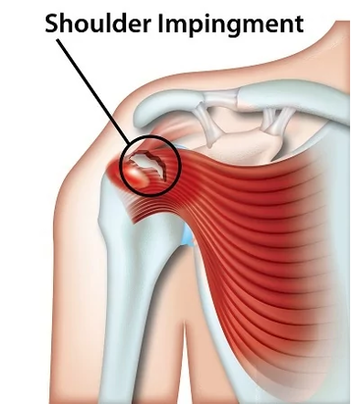 By: Mike Staszak Shoulder impingement is the pinching of one of your rotator cuff tendons (most commonly supraspinatus) against a bone called the acromion process when certain movements are performed such as reaching overhead and behind the back. In a normal, healthy shoulder the supraspinatus tendon has plenty of room to move freely without getting pinched when you perform shoulder motions and activities. In rare occasions some people have a congenitally larger acromion process which causes a higher likelihood for shoulder impingement. In most cases, however, shoulder impingement is brought on over time by poor shoulder mechanics and posture, weak shoulder stabilizer muscles, and muscle tightness around the shoulder. What can be done to improve shoulder impingement? The first step to correcting shoulder impingement is improving one's posture. Forward shoulder posture puts the shoulder in more of an impingement position by narrowing the joint space where the rotator cuff tendon is, thus increasing the likelihood for it to get pinched on the acromion process with certain shoulder movements. Next, we need to work on loosening up all of the tight soft tissue around the shoulder; the pectorals, upper trapezius, lat, and the posterior rotator cuff muscles that pull the shoulder forward into an impingement position if they aren’t flexible. This can be achieved both with manual therapy applied by a physical therapist and by the person stretching the tight muscles around their shoulder. Corrective Exercises > The last piece involves shoulder blade and rotator cuff muscle strengthening, but it's critical to do this with your shoulder in the correct position. This is not as easy as it sounds; there are many small muscles that must work together in a coordinated manner to move the shoulder joint without pinching any of the tendons running through the joint space. The specificity in which you do these exercises is critical; if you're not doing them correctly it can actually compound the problem. No pain, no gain is not an adage to work by when addressing shoulder impingement. -- The best plan if you have shoulder or upper arm pain is to see a physical therapist for help. Sometimes trying to work it out on your own can make the problem worse. About Mike Staszak Michael Staszak has been an outpatient orthopedic physical therapist for the past 27 years. He is the owner of Staszak Physical Therapy & Wellness Center in Eugene. He and his staff believe that the more people understand how their bodies work and learn proper body mechanics, the less likely they are to become injured again. With this commitment to patient education, Michael provides wellness articles and presentations for businesses and community members. Photos from SportNova UK, MayoClinic One aspect of starting a workout regimen that people dread is the soreness that comes with it. The day after a workout can be tough for even the most dedicated gym goers. It is important to recognize the difference between soreness and a sports-related injury.
Soreness Soreness is very common and naturally occurring caused by muscles stretching and growing during and after workouts. Typically, you will notice the first signs of soreness either the night of or the morning after your workout. With soreness, you may feel weak and have aching pains in the muscles that you used at the gym. In addition, you may have tenderness and stiffness.To treat soreness, ice the muscles that are causing you trouble and continue light activity that keeps you moving but doesn’t cause extra stress to the impacted muscle groups. Let your trainer or instructor know if you're feeling sore so they can adjust your workout. Normal activity should resume once you feel strong enough to do so. Injury Unlike soreness, an injury will typically show itself as a sharp stabbing pain. If this occurs, it is time to see a medical professional. Sometimes though, an injury is not as obvious and can disguise itself as common soreness. The difference between an injury and soreness is the length of recovery. Soreness should only last a few days, and anything longer than that could potentially be a sign of underlying injury. If movement is hindered and home treatments like icing are not working, it is time to make an appointment to let a professional determine what is causing your pain. Treatment Physical therapy can help in both treating an injury and preventing injuries from occurring in the first place. Before you begin a workout regimen, consult a physical therapist to determine what your body can handle and to learn proper techniques when working out. If an injury occurs, a physical therapist can create an individualized workout plan to get you back to full strength and back in the gym. For more information about the differences between soreness and injury and how physical therapy can help with these problems, contact the team at Staszak Physical Therapy & Wellness Center at 541-505-8180. Their team of therapists and trainers (some of whom also teach here at Evolve Fitness Studios) wants to help you reach your full potential. Together, we will focus on you and your situation to create a fitness plan that will help you achieve your goals. by Brandy Krumdieck, Certified Personal Trainer (ACSM), CoreAlign Instructor
There are a lot of health benefits associated with inversion (being in a position where your heart is above your head), and I believe that everybody should reap some rewards by inverting regularly. To many people, inversion is seen as a scary advanced/acrobatic-like form of exercise. And it can be, yes, but inverting can be as simple as lying on your back with your legs resting up against a wall. Some of the benefits of being upside-down include: Improved Blood Flow & Brain Function Being inverted increases blood flow to the heart, giving it a break from having to work hard to pump, making your cardiovascular system work more efficiently. Blood flow increases to the brain as well, giving it more oxygen and nutrients. This allows the brain to function more efficiently, improving concentration, memory, observation and clear thinking. Stagnant blood from the legs and feet is also moved while inverted, which decreases inflammation and leg pain (I do the legs-up-the-wall pose as recovery after an intense lower body workout). Improved Hormone Production Being inverted stimulates all of the glands of the body (adrenal, thyroid, pituitary, etc.), increasing hormone production and balance. We rely on hormones to regulate our mood, skin, bones and metabolism. Yes, spending a little time in inversion can boost your mood and metabolism... and it’s been thought to help clear your skin and improve hair growth. Cortisol (the stress, “fight or flight” hormone) is also decreased while being inverted, which calms the body and mind. If you have trouble sleeping, try inverting right before bed. It will make a difference. Improved Immunity Unlike the circulatory system with the heart, the lymphatic (immune) system doesn’t have an automatic pump to circulate lymphatic fluid throughout the body. Being upside down increases lymphatic drainage, boosting your immunity. Do you get sick a lot? If so, start inverting daily! Improved Digestion Being inverted increases movement through the bowels, helping to clear your digestive system. When you’re dealing with indigestion, spend some time upside down. Improved Upper Body Strength Headstands (when supported correctly), forearm stands, and handstands require a lot of work from your shoulders/arms to keep you supported. If you invert in either of those positions regularly, your upper body strength will increase. Improved Awesomeness If being upside down scares you, it’s okay. Like I mentioned above, inverting can be any position where your heart is above your head. If you work on progressing to a more difficult inversion, conquering that fear will greatly increase your confidence, improving your awesomeness. If you have no desire to progress your inverting, that’s okay! You’ll notice a difference in how you think and feel after regularly inverting, which will also improve your awesomeness. It’s a win-win! Important things to keep in mind… if you deal with neck pain/issues, be very careful. If you do a shoulder stand, DO NOT turn your neck to the side. If you’re doing a headstand, have your weight on the crown of your head, NOT YOUR FOREHEAD! There should be NO pain or strain anywhere, so please be cautious and listen to your body. Also, you shouldn’t stay inverted if you start to feel dizzy, or like your head is about to explode. Invert at your own risk. Start simple, then progress from there. Now get upside down!! When you hear people talk about the "core muscles" do you know what they are talking about? In simple terms, your core is just about everything on your body except your arms and legs. This means you can think of your glutes, hips, abdominal muscles, inner abdominal muscles, pelvic floor, and scapula as your core. Your core is where your power is generated in order to carry out any movement. While abdominal and inner abdominal muscles do play a large roll in core stability, they don’t make up the core all by themselves. What does the core do? Your core most often acts as a stabilizer and force transfer center rather than a prime mover. Yet consistently people focus on training their core as a prime mover and in isolation. This would be doing crunches or back extensions versus functional movements like deadlifts, overhead squats, and pushups, among many other functional closed chain exercises. By training that way, not only are you missing out on a major function of the core, but also better strength gains, more efficient movement, and longevity of health. So, with all this in mind, it's a good idea to keep your core at the top of the "to strengthen" list. Watch the video below for 5 great core exercises you can do today. If you'd like personal help in strengthening your core, contact us today to schedule time with one of our certified personal trainers. |
Evolve Fitness StudiosCheck out posts from our trainers, healthy recipes, and tips for staying motivated and more! Categories
All
|

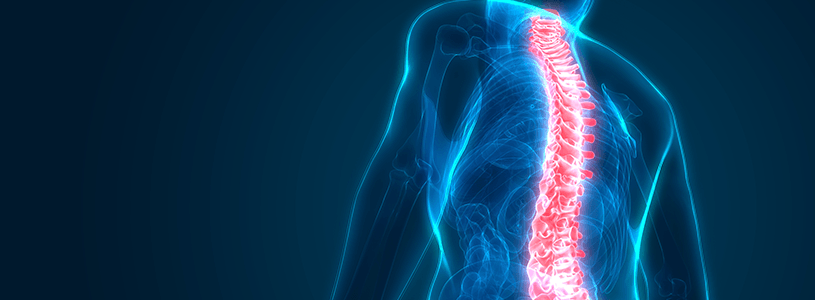
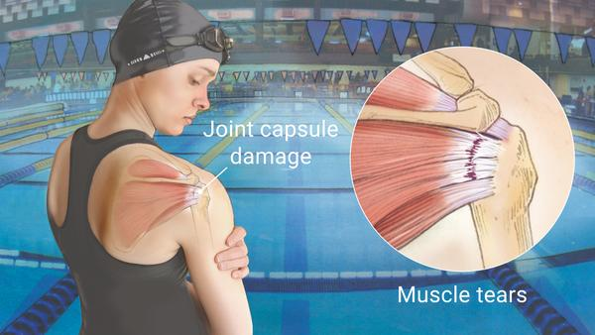
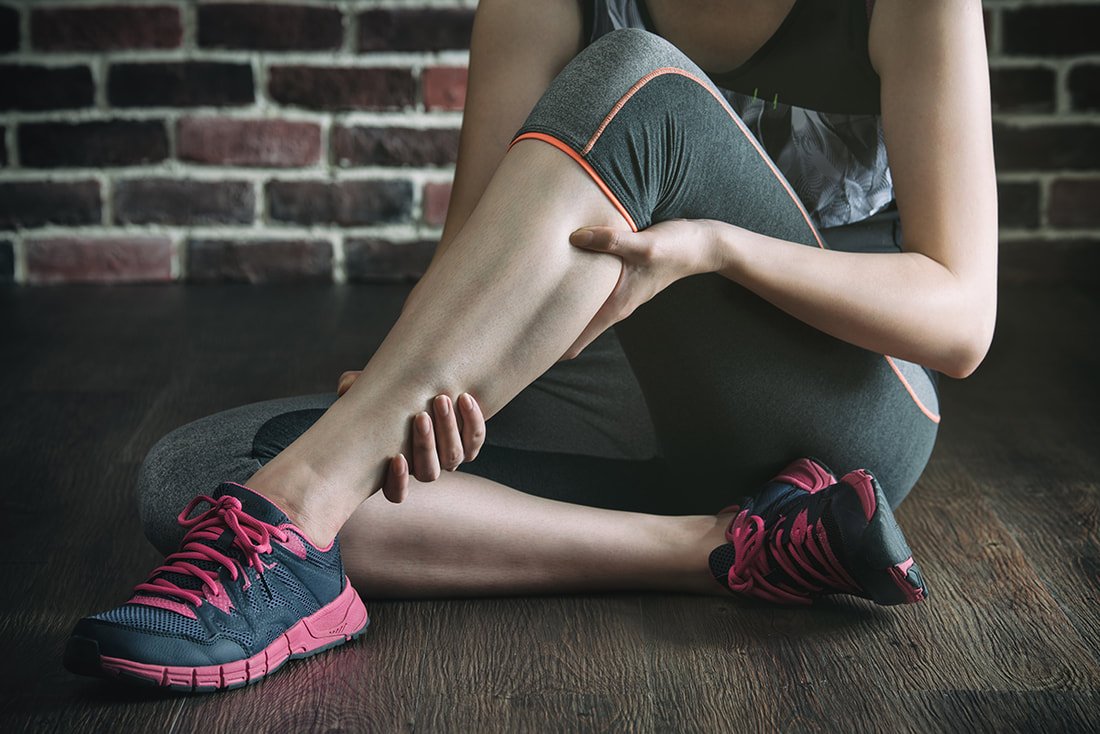
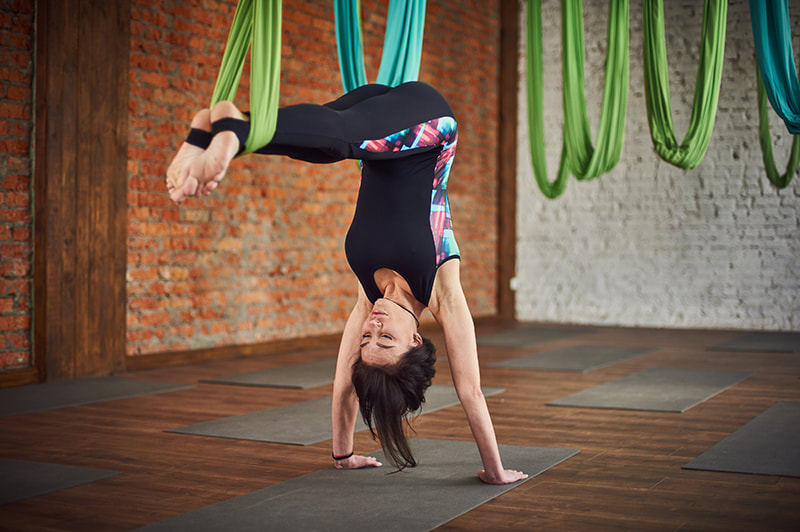
 RSS Feed
RSS Feed
